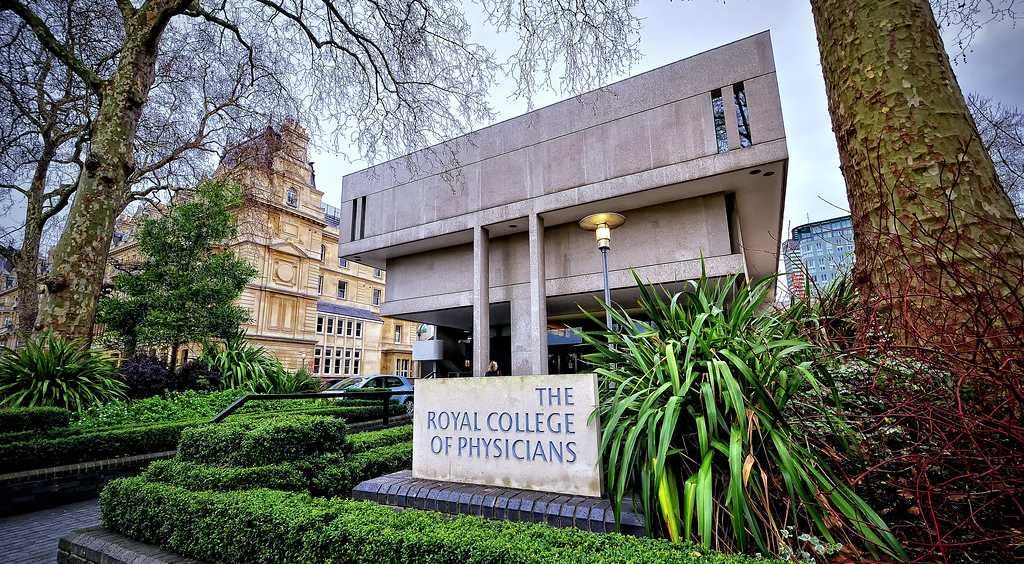Five of the Best: Highlights from London Breast Meeting 2021

This September brought the in-person return of the London Breast Meeting, with a mix of surgeons from across the world attending to discuss the most pressing topics within our industry.
This year’s hybrid meeting was broken down into three specialist days: Breast Oncology, Breast Reconstruction and Aesthetic Breast Surgery, each involving a series of insightful presentations, unmissable roundtable discussions and thought-provoking Q&A sessions.
But if you weren’t able to make it, fear not – below we’ve collated just a handful of the highlights from this year’s action for your on-demand viewing pleasure.
Mr Edward St John - Innovations in Breast and Axilla Localisation
In this talk, Mr Edward St John discusses at great lengths the benefits of moving away from the guidewire to effective wire-free technologies.
Among the advanced seed localisation options, the Magseed® marker was highly commended, with particular focus given to its impressive performance versus wires in the groundbreaking iBRA-NET study. This remains the world’s largest non-radioactive, wire-free localisation comparison study to date.
Also mentioned during this section was the Magtrace® lymphatic tracer, with Mr St. John explaining how multiple studies have now shown it to be non-inferior to the ‘gold standard’ for sentinel lymph node biopsy.
Dr Vishakha Tripathi - Non-BRCA Gene Mutations
Next we heard from Dr Vishakha Tripathi of Guy’s and St Thomas’ NHS Foundation, whose talk was centred on genetics and the role they play in affecting the risk and likelihood of breast cancer in women.
During the talk, Dr Tripathi discussed each of the most common susceptibility genes, as well as the risks and frequency of more recently identified genes, such as PALB2 and CHEK2.
The talk concluded with some takeaway strategies for prevention and early detection of breast cancer, plus treatment options such as risk-reducing mastectomy – an option that could reduce the risk of breast cancer by over 90% (Rebbeck, 2004, Heemskerk-Gerritsen, 2007 and Domchek, 2010).
Dr Christoph Tausch - Targeted Axillary Surgery
During this presentation, Dr Christoph Tausch considers the development of axillary surgery over the past 30 years and notes the recent evolution towards the advanced technique of targeted axillary dissection (TAD).
This technique has become widely used in breast surgery, having been pioneered by Dr Abigail Caudle, MD at the University of Texas MD Anderson Cancer Center. Dr Tausch explains how the technique has become pivotal to down-staging the breast and axilla, whilst significantly reducing false negative rates following neoadjuvant chemotherapy.
Options for this technique are then explored, including Magseed® which has been famously used in a number of recent TAD studies from MD Anderson and is described as a great option for the technique.
Prof Marco Innocenti - Robotics in Reconstructive Microsurgery
Professor Marco Innocenti’s talk focused on the advancements in robotics for reconstructive microsurgery and the many benefits it can now provide to surgeons in the OR, such as smaller ‘wrists’ to assist in hard-to-reach places.
This is backed up by a number of patient case studies, including flap and lymphedema surgeries, while demonstrating the ease of learning and adopting new systems.
So are we ready for a completely robotic future? Prof Innocenti finished by suggesting that there is still some work to do, noting the need to improve robotic grip strength and interfacing with 3D magnification systems before widespread adoption can be expected.
Prof JP Hong - My Innovation Journey
Concluding our highlights reel, attendees were treated to a talk from Professor JP Hong about the importance of surgeons developing a growth mindset, sharing his own approach to innovation at his practice in South Korea.
It is explained how factors such as creating a strong working environment is vital. Professor Hong believes this means finding people who want to work and grow with you and practicing the highly regarded approach of radical candor within your team.
In conclusion, he proposes that the three steps to evolving innovation are simple: build a process, prioritise amongst the many things you want to achieve and create the aforementioned environment to succeed.
You can now view all sessions from this year’s London Breast Meeting on-demand. Simply visit www.LondonBreastMeeting.com to find out more.